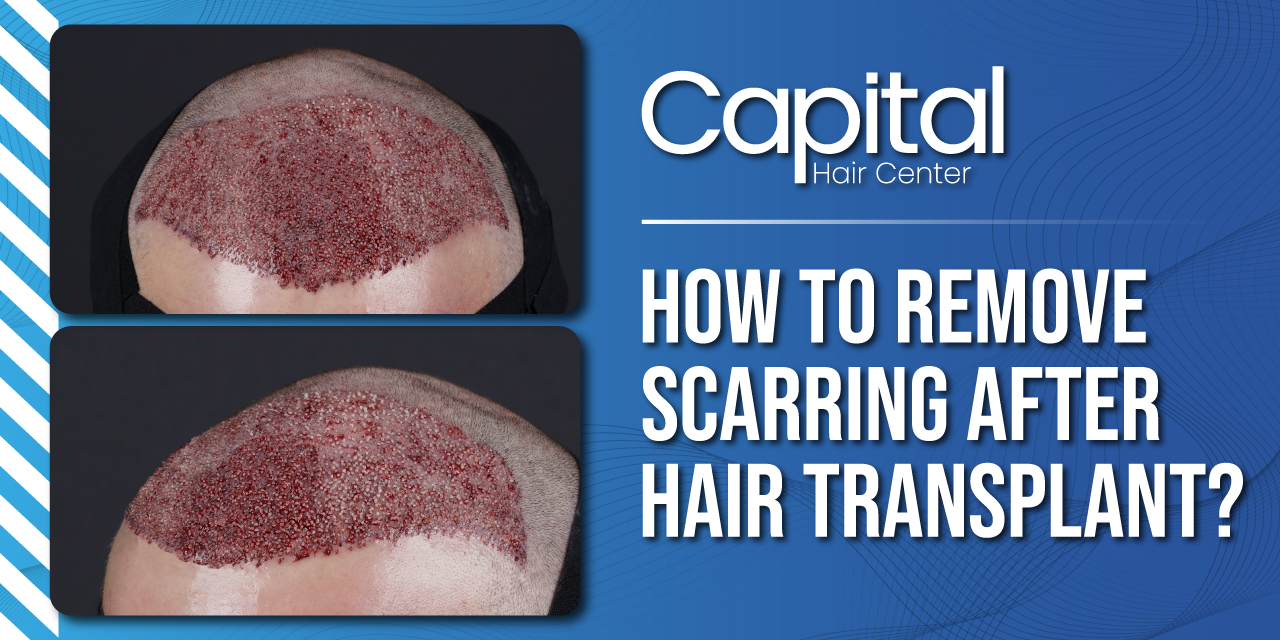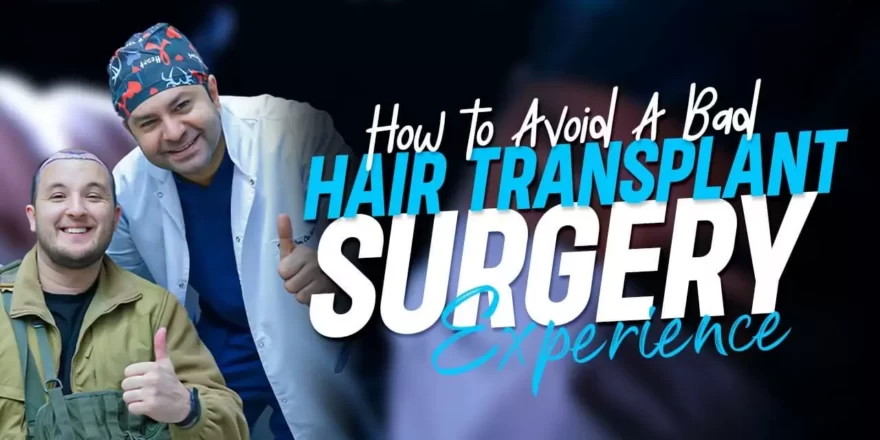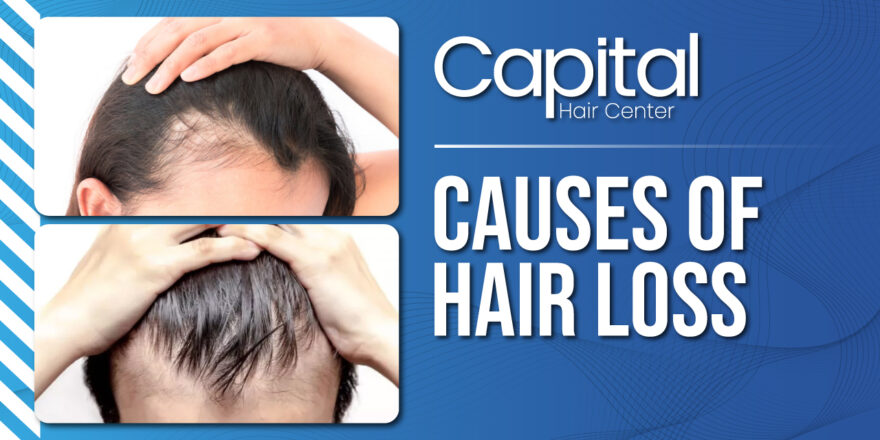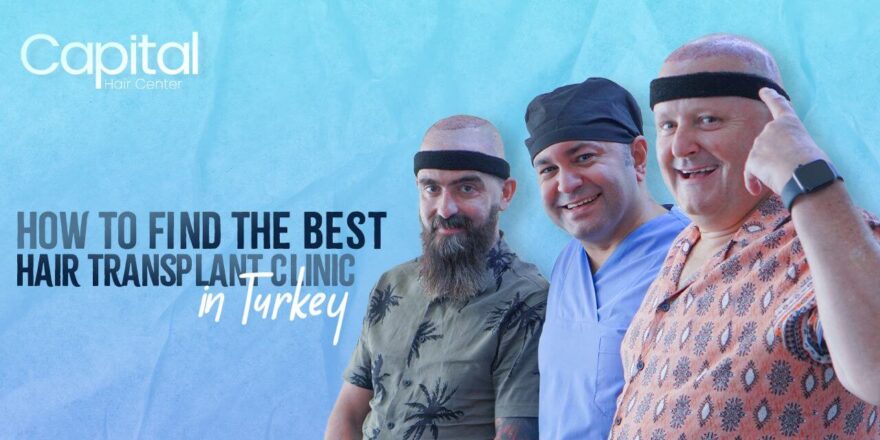Although hair transplantation is a procedure that gives you a new look, it also requires surgical intervention. One of the things that patients worry about after hair transplantation is whether the scars and scars are permanent. In the hair transplantation process, the hair follicles taken from the donor area are transplanted into the previously prepared bald areas. In this procedure, small canals must be opened in the scalp in order to implant the follicles in the new area. The amount of injury will vary depending on the hair transplant method and the equipment used to extract it. In this regard, it is recommended to use modern hair transplantation methods to minimize injury during transplantation.
At Capital Hair Center, we are using advanced technologies for hair transplantation in Istanbul, Turkey. Therefore, our patients may not encounter hair scar injuries. In this article, we will explain “when do scars appear after hair transplantation, are they permanent, what causes them, and what treatment methods are available.” we will try to answer these questions.
When do the scars occur after a hair transplant?
After hair transplantation, redness, burning, and skin rash may sometimes occur in the transplanted area. This is perfectly normal, but sometimes scars can occur on the scalp. With the FUE and Sapphire FUE techniques applied today, the wounds that may occur can be minimized. In addition, wound formation may vary according to the condition of the person, the knowledge of the hair transplant specialist, and the size of the transplanted area. Generally, scars begin to lose their effect 15 days after hair transplantation.
Are the scars after natural hair transplantation temporary?
The treatment period of wounds after hair transplantation will be 7 to 15 days on average. This period is different for each person. In the first days of natural hair transplantation, the grafts planted are weak and it is necessary to be very careful in hair care. Also, avoid scratching the scalp as it will damage the hair follicles. Therefore, if necessary, care is taken after natural hair transplantation, and the wounds will heal quickly. In general, these symptoms can be relieved with ice compresses, emollient lotions, or some medications prescribed by your doctor.
As we have said, a person may experience itching and swelling in addition to scars. Itching is one of the most common side effects of hair transplantation. Itching is actually a sign of wound healing. Itching in the hair transplant area may continue for a few days. In addition, the burning sensation and swelling may continue for 4-5 days. Later, the wounds in the area become crusted, and the healing process takes place over time. The healing process, on the other hand, varies from person to person.
Which treatment method can be applied after scarring?
The most recent hair transplantation techniques leave no scars and do not require stitches. But, what should a patient do to treat visible scarring caused by incorrect hair transplant surgery? Are the scars permanent? Cosmetically concealing the scarred area is another option because scarred skin does not always hold the grafts as well as healthy skin. Your doctor will be able to tell you whether or not this procedure is appropriate for you. If the scars do not heal within the normal treatment period, some methods are used. Especially in the FUE hair transplant method and Sapphire FUE hair transplant method, fewer scars occur thanks to the instruments used and the experience of the doctor. Let’s look at some treatment methods for scarring in hair restoration.
Scalp micro pigmentation (SMP)
Micro-pigmentation is a medical technique that involves tattooing the scalp to cover bald spots or scarring. This permanent procedure injects pigment directly into the scalp, creating the illusion of thicker hair. Depending on the size of the area being injected, it may take several sessions to complete. The ink color is chosen to complement the color of your hair.
Laser Treatment
When combined with micro-pigmentation, laser treatment can help to reduce hair scar visibility. The laser targets and removes the damaged skin on the scar’s surface. The laser therapy only targets the desired area, removing damaged tissues from the scalp. It also stimulates collagen production in the dermis layer of the skin, improving elasticity and overall skin appearance.
Choose an experienced doctor to not face scarring
The amount of scarring you have is largely determined by your surgeon’s skill and experience. Whichever option you choose, keep in mind that wound-closure techniques, as well as the procedures themselves, have improved. At Capital Hair Center, our best hair transplant surgeon Dr. Ekrem Keskin will leave you fewer scars in a hair transplant operation. With the latest technology, the hair transplant in Turkey would be more effective and easy-going.





